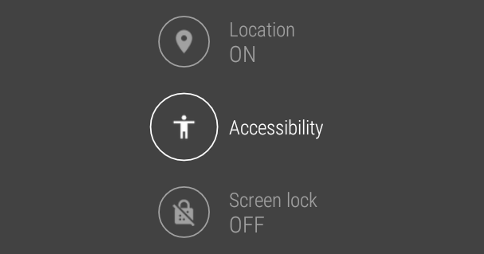
The new features are largely vision-related, with support for magnification, colour inversion and large text. The magnification feature can be accessed via specific gestures.
However, Android Wear is still lacking significant accessibility features found in non-wearable Android devices such as the TalkBack screen reader and support for other disabilities. Android Wear is also lacking in accessibility when compared with other comparable wearable devices such as the Apple Watch.
While accessibility in wearable devices is still limited, the step by Google to provide improved accessibility support signals that as the product category grows, it’s likely a greater range of features and improved performance of existing features will continue to evolve, as has been the case with other operating systems in the mobile space such as Android and iOS.
Further information can be found in the wearable section of the Media Access Australia website.
You might also like:
- Useful information on mobile accessibility, covering iOS, Android, Windows Phone and Windows tablets
- Dr Scott Hollier's initial impressions, hands-on review and tips for using Android Lollipop 5.0 accessibility features
- Everything you need to know about deskop accessibility, covering Windows and Mac
- Overview and gesture list for Samsung Galaxy S6 and S6 Edge accessibility features
Top of page

